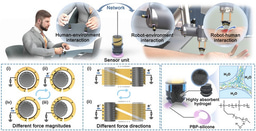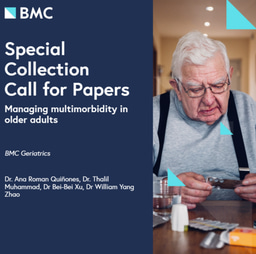Offsetting Ozempic's Price Tag with Lower Food Costs
Published in Social Sciences, General & Internal Medicine, and Agricultural & Food Science
While the price of eggs (and food in general) has seemingly been in the news perpetually over the past few years, the one place it hasn’t gotten much attention is in the discussion of Ozempic and the other novel drugs that are helping Americans consistently lose weight. What’s the connection?
When I talk with people about these drugs, the typical conversation usually progresses as follows: which celebrities are taking the medication, how frustrating it is that we can’t change the food system to support weight loss, and then the high price of these medications and the related implications for the (in)equity of this transformative class of medications. However, people tend to forget about another high price - the high price of food – and that, if the drug is working, patients will eat less food. This means that patients could also buy less food and save money by doing so.
The pivotal question: how much money? That question motivated me to undertake this study. While this sample (and no single study) should be considered definitive, it begins to provide some insight into the possible magnitudes of cost savings that patients of novel anti-obesity medications might realize as they begin their weight loss and weight maintenance journeys.
In April of 2024 more than 500 people from the United States who self-identified as users of a medication containing semaglutide or another Glucagon-like Peptide-1 (GLP-1) receptor agonist answered an online questionnaire where they estimated how much money they currently spend on food and beverages and how much they spent prior to beginning their medication. They also reported how much they spend to obtain their GLP-1 medication and how their food intake and weight had changed since beginning the medication.
Despite the retrospective design of the study, this sample reported very similar levels of weight loss as what has been reported in prospective randomized controlled trials: the median respondent had been on the medication for a little over 5 months and lost 10% of their initial body weight while reducing energy intake by about 600 kcals. This translated into a median reduction in spending on food and beverage (both groceries and dining out) of $60 per week. Among all the respondents, 41.4% reported weekly food and beverage cost savings that were greater than weekly out of pocket costs to obtain the medication.
While much more work on this remains to be done (larger samples, prospective studies that collect data at multiple points in time rather than relying upon respondent memory), the study does bring to the table the point that GLP-1 patients may experience cost savings due to eating less food, which can provide one source of financial relief to offset increased out of pocket expenditures attached to obtaining the medication, seeing a doctor, and buying any over-the-counter medications that might be needed to deal with common side effects like nausea and constipation. While critical conversations must continue about the equity implications surrounding these medications (who will gain access to these medications and how much will they pay), factoring in this source of potential patient cost savings can ensure those conversations are more fully informed.
Follow the Topic
-
International Journal of Obesity

This is a multi-disciplinary forum for research describing basic, clinical and applied studies in biochemistry, physiology, genetics and nutrition, molecular, metabolic, psychological and epidemiological aspects of obesity and related disorders.





Please sign in or register for FREE
If you are a registered user on Research Communities by Springer Nature, please sign in